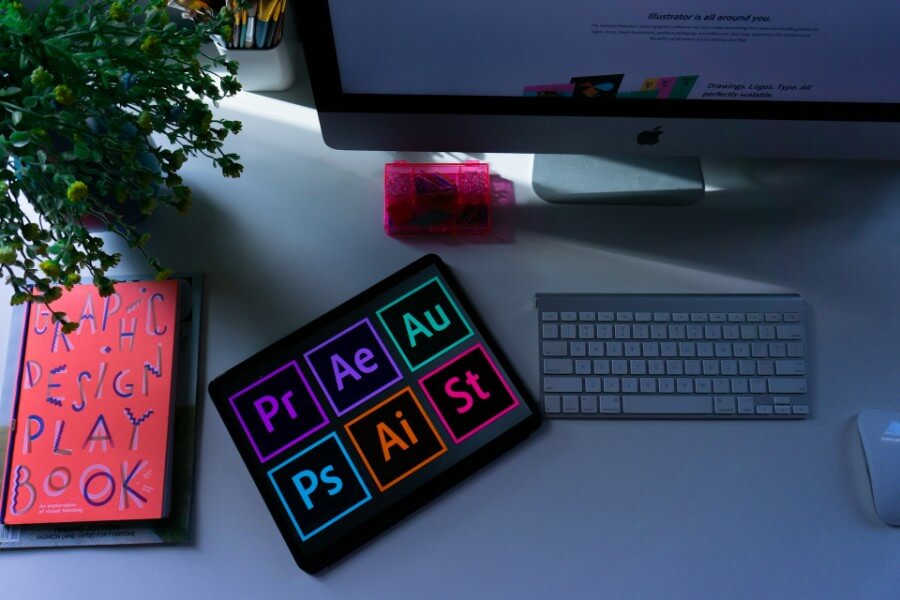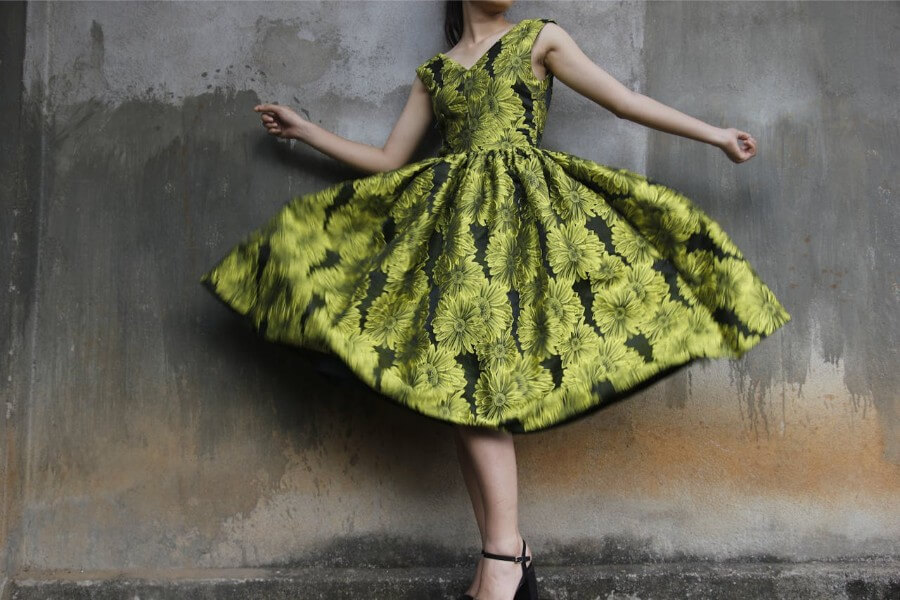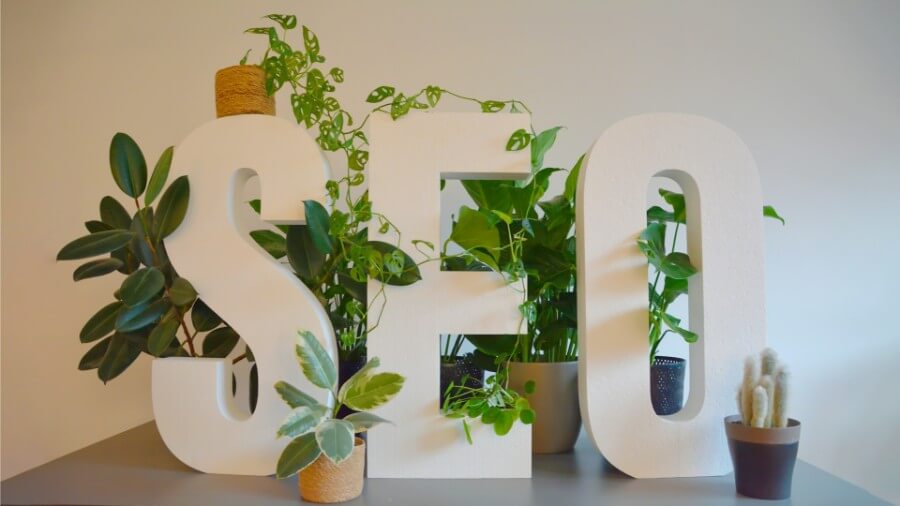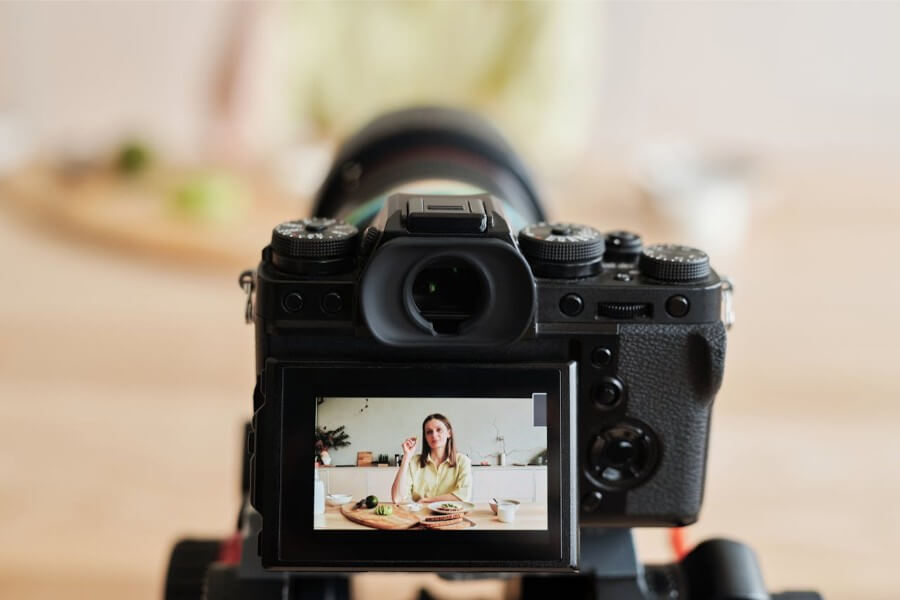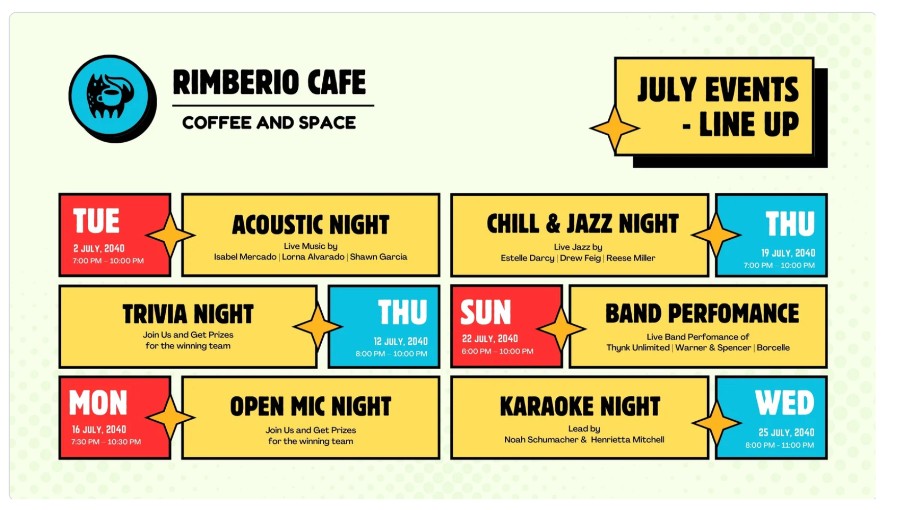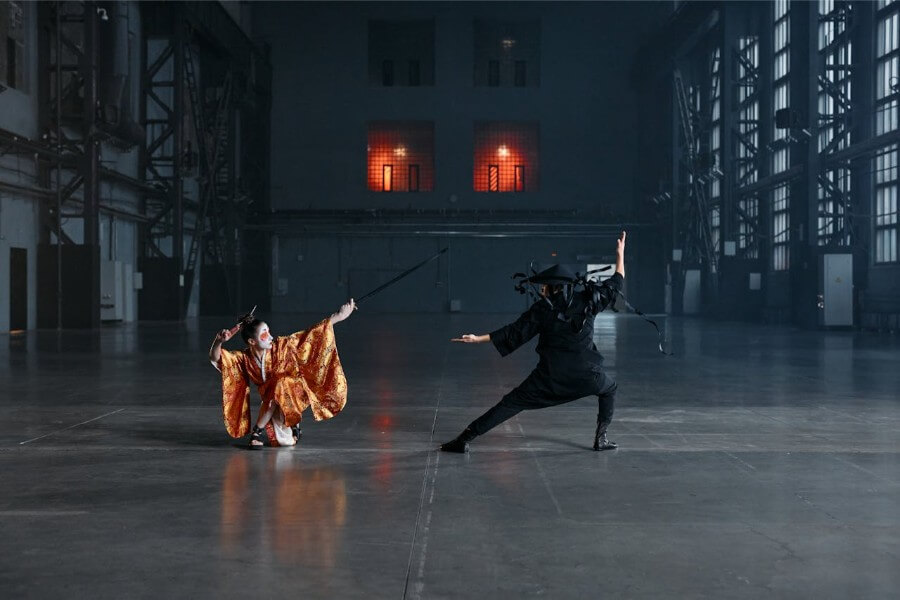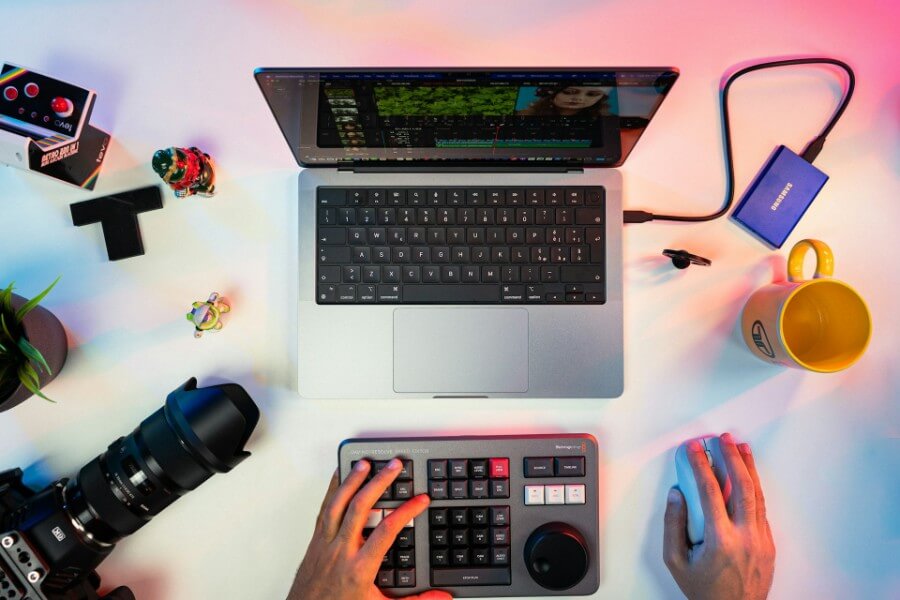
Creating content is no longer just a hobby. For many, it’s a career path. A content creation studio is a dedicated space for producing different types of digital content. Yet, building the right space to produce high-quality digital content often feels like solving a tricky puzzle. Many creators struggle with poor audio, cluttered setups, or simply not knowing where to begin.
